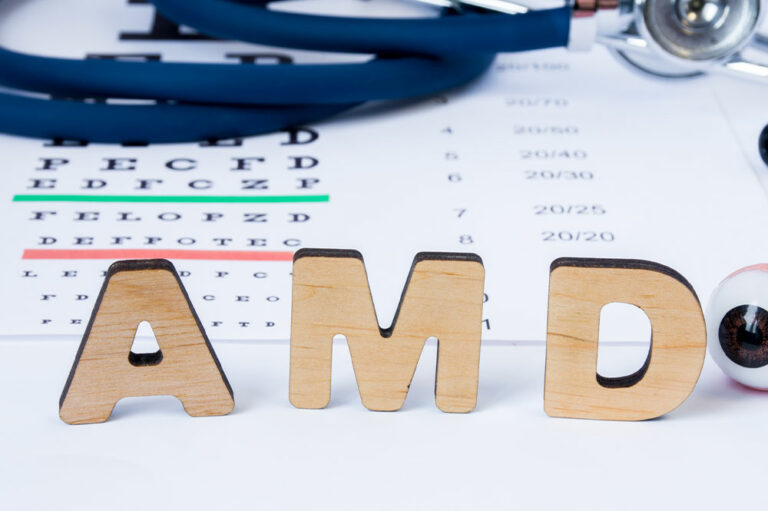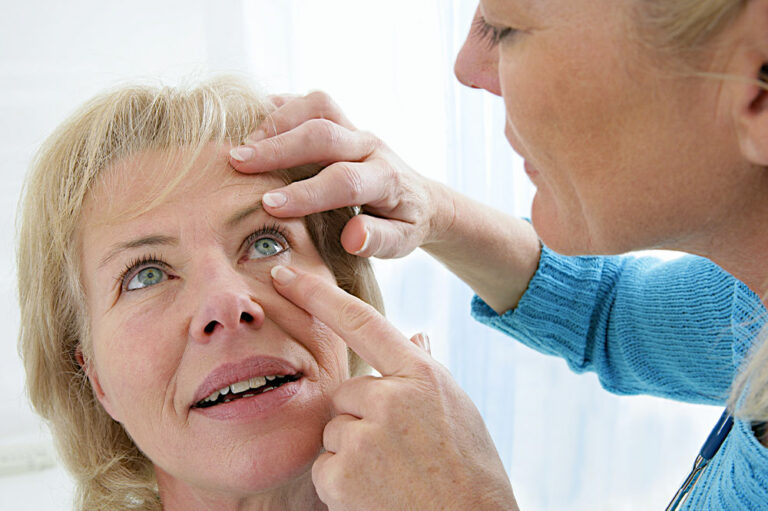
7 overlapping symptoms of Parkinson’s and TD
Parkinson’s disease (PD) and tardive dyskinesia (TD) are neurological conditions affecting motor functions. While they have distinct etiologies and symptoms, at times, there are surprising similarities in their effects. It is important to understand the commonalities between these two conditions, as the evaluation of their early signs may lead to misdiagnosis. Recognizing the symptoms can help one get an accurate diagnosis and appropriate treatment. So, here are a few overlapping signs of both disorders:
Involuntary movements
Involuntary movements are a shared sign of both Parkinson’s disease and tardive dyskinesia, albeit with distinct characteristics. With Parkinson’s, involuntary movements typically manifest as resting tremors, which are rhythmic, quivering motions developing when one is at rest. These tremors often involve the hands, fingers, and occasionally the jaw or lips. Additionally, with PD, one may experience bradykinesia, which is slowness of movement and rigidity, where the muscles become stiff and inflexible. These symptoms collectively result in a reduced ability to initiate and control movements. In contrast, TD causes involuntary, repetitive movements usually involving the facial muscles. These movements include lip smacking, tongue protrusion, and grimacing. However, TD might also affect the limbs and trunk, causing abnormal writhing motions. Unlike PD tremors, TD movements are often more conspicuous and disruptive, impacting facial expressions and speech.
Abnormal gait
Abnormal gait is a shared symptom of Parkinson’s and TD. With Parkinson’s disease, gait abnormalities typically manifest as a shuffling, hesitant walking technique with reduced arm swing, often described as a “festinating gait.” One may also exhibit difficulty initiating steps, resulting in a characteristic freezing of gait. Balance issues and postural instability further contribute to the unsteady gait associated with PD. On the other hand, TD may lead to an abnormal gait through a different mechanism. TD-induced gait disturbances are primarily brought on by involuntary, jerky movements of the limbs and trunk. These movements could disrupt the ability to maintain a smooth and coordinated gait, leading to an unsteady walk.
Facial involvement
Facial involvement plays a significant role in both conditions, contributing to the distinctive characteristics of these neurological conditions. With PD, facial involvement is often characterized by a mask-like expression and reduced facial mobility. So, the facial muscles become rigid, leading to a lack of natural emotional expressiveness. Additionally, those with PD may experience resting tremors in the lower face, particularly the jaw and lips. These symptoms may be emotionally distressing, as they affect social interactions and communication. Conversely, with TD, facial involvement can be seen in the form of involuntary, repetitive movements, like lip smacking, tongue protrusion, puckering, or grimacing. These movements are often rapid and unpredictable, making it challenging to control facial expressions.
Speech difficulties
With Parkinson’s disease, speech difficulties often manifest as a result of bradykinesia and muscle rigidity. So, those with PD may speak softly, mumble, or have a monotonous voice due to the impaired control of their vocal muscles. Additionally, they may experience freezing of speech, where they struggle to initiate or continue speaking, resulting in interrupted and fragmented communication. With TD, speech difficulties arise from the involuntary movements that affect the tongue, lips, and facial muscles. These movements may lead to slurred speech, difficulty forming words, and impaired articulation, making it challenging for one to communicate effectively.
Akathisia
Akathisis is the inability to remain still. With Parkinson’s, akathisia may develop as a secondary symptom, driven by the discomfort of motor impairments like bradykinesia and rigidity. This restlessness compels one to constantly shift their position, pace, or fidget in an attempt to find relief. Akathisia in TD is typically induced or exacerbated by the use of prescriptions, which are also known causes of TD. So, one may experience a profound inner restlessness. Akathisia poses significant challenges when it comes to disease management, as it not only contributes to discomfort but could also lead to noncompliance with prescriptions or worsening of involuntary movements.
Grunting
Grunting is a unique yet often overlooked symptom of Parkinson’s and TD. When dealing with PD, grunting could be attributed to the rigidity and muscular stiffness associated with the condition. These motor symptoms might extend to the respiratory muscles, making it challenging to breathe freely. This results in involuntary grunting sounds during exhalation. On the other hand, grunting in TD is a manifestation of involuntary muscle movements that affect various parts of the body, including the chest and abdomen. These movements may lead to sporadic vocalizations such as grunts and groans as the muscles controlling respiration are involuntarily engaged.
Mental health concerns
Symptoms related to mental health concerns are common companions of both Parkinson’s and TD, as neurological disorders can have a huge impact on daily life. When dealing with PD, the progressive loss of dopamine-producing neurons not only leads to motor symptoms but also affects the brain’s emotional regulation. This may increase the risk of disorders like anxiety and depression. The persistent movement-related issues, the fear of social stigmatization, and the uncertainty of the disease progression may contribute to heightened anxiety. Similarly, with TD, the toll of living with involuntary, often conspicuous movements can be substantial. Those with TD may experience isolation due to their symptoms, further exacerbating the risk of developing mental health issues.
Understanding the disorders
Parkinson’s disease is a neurodegenerative disorder characterized by the loss of certain neurons in the brain, which leads to a deficiency of dopamine, a neurotransmitter responsible for regulating motor control and coordination. The primary motor symptoms of PD are resting tremors, bradykinesia (slowness of movement), rigidity, and postural instability. Tardive dyskinesia, on the other hand, is often a condition resulting from the long-term use of certain prescriptions used to treat conditions like schizophrenia, bipolar disorder, and severe depression. TD is characterized by involuntary, repetitive movements that most commonly affect the face, such as lip smacking, tongue protrusion, and grimacing. However, these symptoms might also develop in the limbs and trunk.







